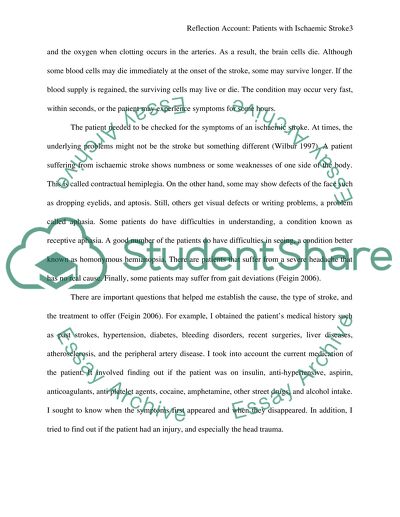Cite this document
(“A reflective account of the application of learning to clinical Essay”, n.d.)
A reflective account of the application of learning to clinical Essay. Retrieved from https://studentshare.org/nursing/1686400-a-reflective-account-of-the-application-of-learning-to-clinical-practice
A reflective account of the application of learning to clinical Essay. Retrieved from https://studentshare.org/nursing/1686400-a-reflective-account-of-the-application-of-learning-to-clinical-practice
(A Reflective Account of the Application of Learning to Clinical Essay)
A Reflective Account of the Application of Learning to Clinical Essay. https://studentshare.org/nursing/1686400-a-reflective-account-of-the-application-of-learning-to-clinical-practice.
A Reflective Account of the Application of Learning to Clinical Essay. https://studentshare.org/nursing/1686400-a-reflective-account-of-the-application-of-learning-to-clinical-practice.
“A Reflective Account of the Application of Learning to Clinical Essay”, n.d. https://studentshare.org/nursing/1686400-a-reflective-account-of-the-application-of-learning-to-clinical-practice.


